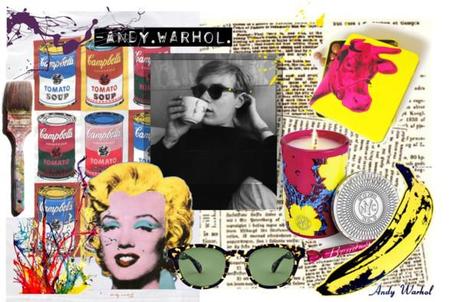Drawing: Warhol started as
a Commercial Illustrator he was producing drawings in blotted ink style for
advertising and magazine articles. His early works that are best known are his
drawings of shoes.
Sculpture: Warhol had some
famous Statues but Brillo Boxes and Heinz Boxes are the most famous. Silkscreen ink on wood there are replicas of
the large cardboard boxes used to hold 24 packages of Brillo soap pads
Audio: Warhol liked to carry
a recorder and he would just record everything everybody said or did.
Time Capsules: It was 1973 when Warhol started to save ephemera all
his daily life correspondence, newspapers, souvenirs childhood objects, used
plane tickets some food items that were sealed in plain cardboard boxes dubbed
as time capsules. When he died the collection of these dated time capsules was
600. The boxes are hosed in the Andy Warhol Museum.
Television: Warhol dreamed about a television special about a favourite
subject of his, Nothing, he wanted to call it The Nothing Special. Later Warhol
did create two cable shows, Andy Warhol’s TV. in 1982 and Andy Warhol’s Fifteen
minutes (based on his famous fifteen minutes of fame quotation) these shows
were produced for MTV in 1986. Warhol also made regular guest appearances on
The Love Boat, and he also made TV, commercials for restaurants in New York
City.
Fashion: Warhol also liked to put his touch on fashion he did some
silk screening on dresses and he also painted shoes, he also had a short sub
career as a catwalk model and wrote books on fashion.
Photography: Warhol was an accomplished photographer he had taken
an enormous amount of photographs of visitors to the factory and friends.
“An artist is
somebody who produces things that people don't need to have but that he, for
some reason, thinks it would be a good idea to give them.” – Andy Warhol









